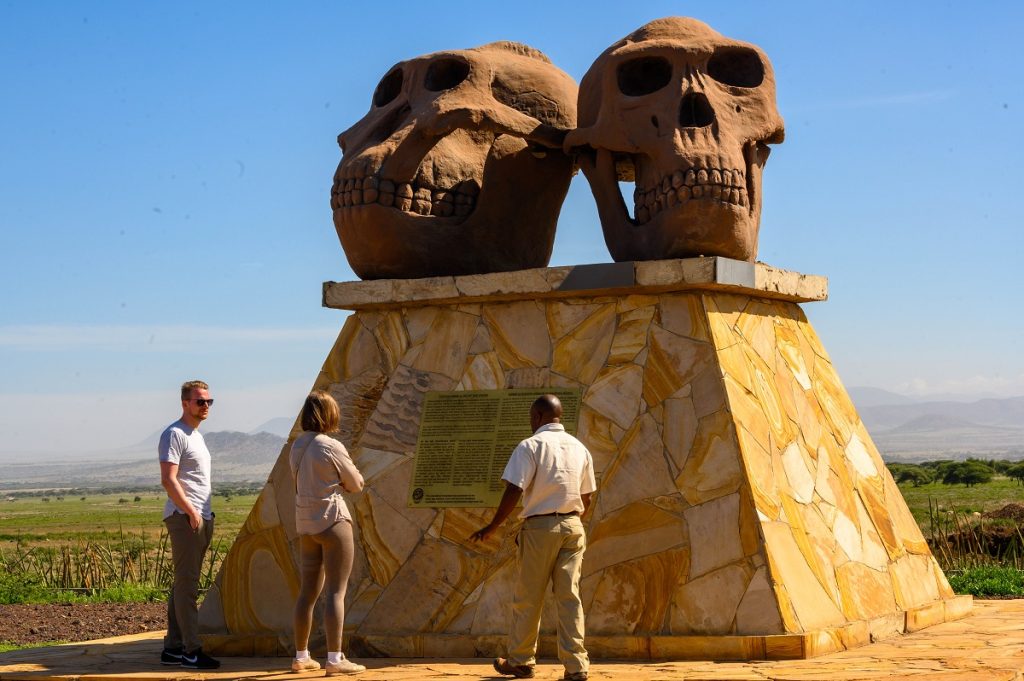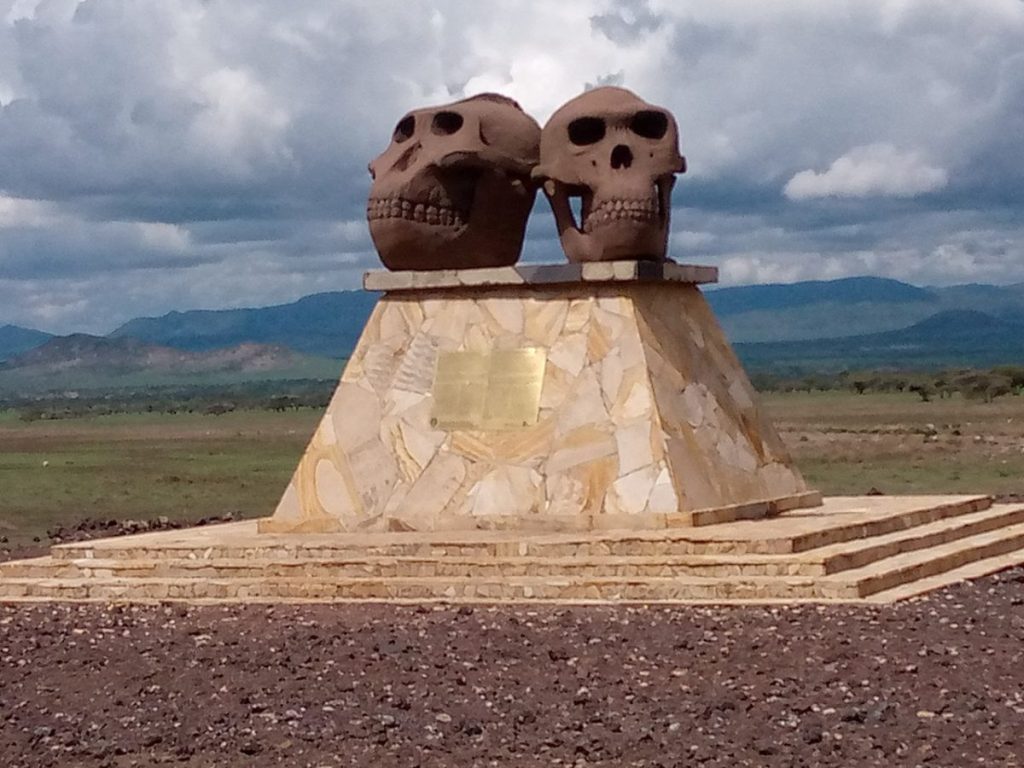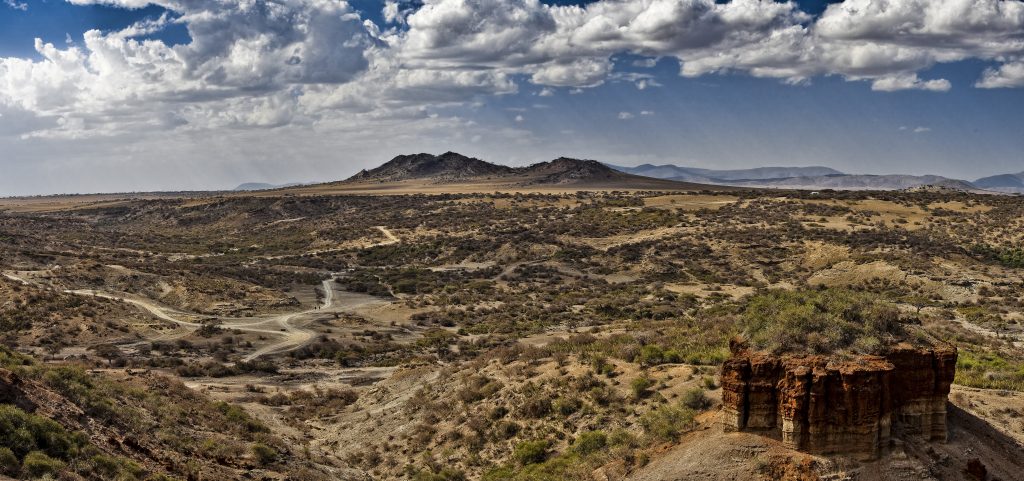Olduvai Gorge: Tanzania’s Window into Ancient Civilization



Introduction to Olduvai Gorge
Olduvai Gorge, often referred to as the “Cradle of Mankind,” is one of the most significant archaeological sites in the world, located in northern Tanzania. Renowned for its rich deposits of early hominin fossils and stone tools, the Olduvai Gorge has provided crucial insights into human evolution and the development of early civilizations. This article explores the importance of Olduvai Gorge in Tanzania’s history, its significance to archaeologists, the discoveries made there, and the notable fossils that have shaped our understanding of human ancestry.
How Is Olduvai Gorge Important in the Development of Tanzania?
Olduvai Gorge plays a vital role in Tanzania’s cultural and historical identity. The discoveries made in the gorge have positioned Tanzania as a key player in the study of human evolution, attracting researchers, tourists, and scholars from around the globe. The site showcases the country’s rich prehistoric heritage and highlights its contribution to our understanding of early human societies. Furthermore, the tourism generated by Olduvai Gorge has significant economic implications for the region, promoting conservation and sustainable development initiatives.
Why Is Olduvai Gorge Important to Archaeologists?
For archaeologists, Olduvai Gorge is a treasure trove of information about early hominins and their environment. The site provides a continuous record of human evolution over the last two million years, offering insights into the behavior, tools, and lifestyles of our ancestors. The layered sedimentary deposits allow scientists to study the chronological progression of hominin species, contributing to theories about migration, adaptation, and survival in changing climates. The discoveries made here have reshaped our understanding of where and how early humans lived, making it a focal point for research in paleoanthropology.
What Are the Different Things That Were Discovered at Olduvai Gorge?
Numerous significant findings have emerged from Olduvai Gorge, including:
- Stone Tools: Archaeologists have uncovered various stone tools dating back over two million years, including hand axes, choppers, and flakes used by early hominins for cutting and processing food.
- Fossils: The gorge has yielded a wealth of fossils, including those of early hominins, animals, and plants. These fossils provide critical evidence of the biodiversity that existed in the region during different geological periods.
- Ancient Camp Sites: Evidence of ancient camp sites, including hearths and remnants of animal bones, indicates that early humans engaged in social behaviors, such as communal cooking and gathering.
- Footprints: In the nearby Laetoli region, fossilized footprints of early hominins dating back approximately 3.6 million years have been discovered, providing insight into the walking patterns and behaviors of our ancestors.
What Fossil Was Found in Olduvai Gorge?
One of the most notable fossils discovered at Olduvai Gorge is the Zinjathropus boisei, commonly referred to as “Nutcracker Man.” Found in 1959 by the Leakey family, this robust hominin lived approximately 1.8 million years ago and is characterized by its large teeth and strong jaws, adapted for grinding tough plant material. This discovery was pivotal in understanding the diversity of early hominin species and their adaptations to different ecological niches.
In addition to Zinjathropus, the gorge has also yielded fossils of Homo habilis, considered one of the first members of the genus Homo, and other important hominin species. These findings have significantly contributed to the narrative of human evolution, showcasing the progression from earlier species to modern humans.
Conclusion
Olduvai Gorge stands as a monumental testament to the early chapters of human history and evolution. Its significance extends beyond the boundaries of Tanzania, providing invaluable insights into the development of our species and the ancient civilizations that preceded us. As researchers continue to excavate and study this remarkable site, the Olduvai Gorge remains a crucial window into our shared past, illuminating the pathways that have shaped humanity.

One Comment